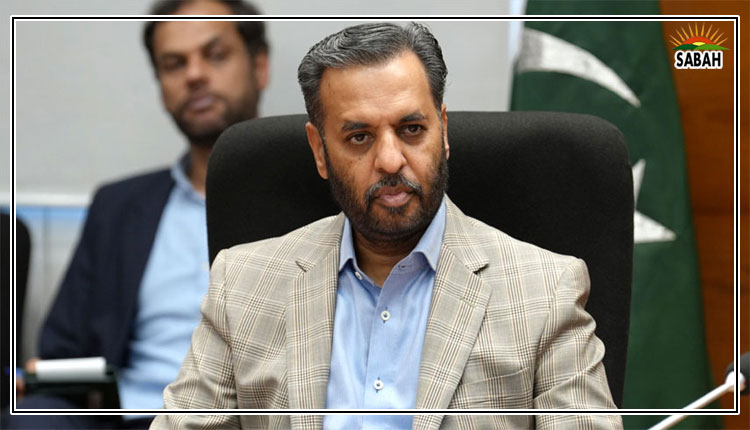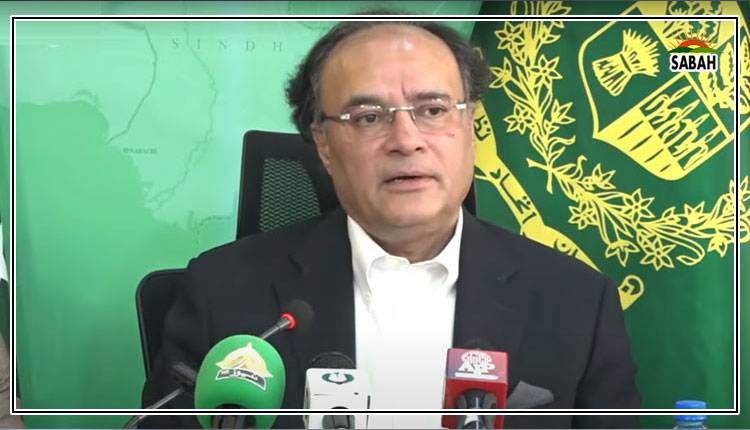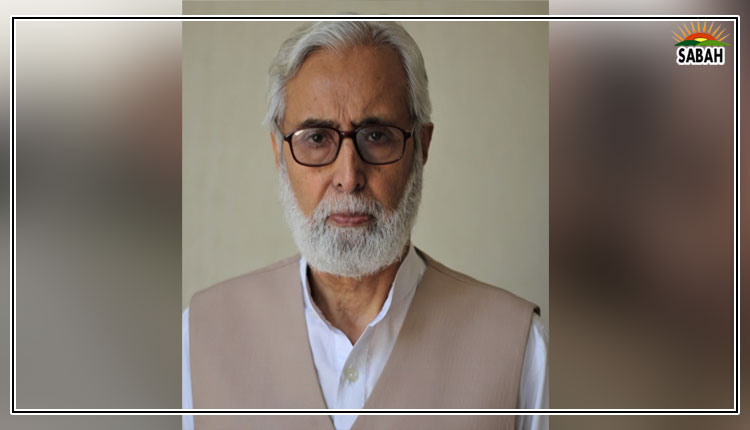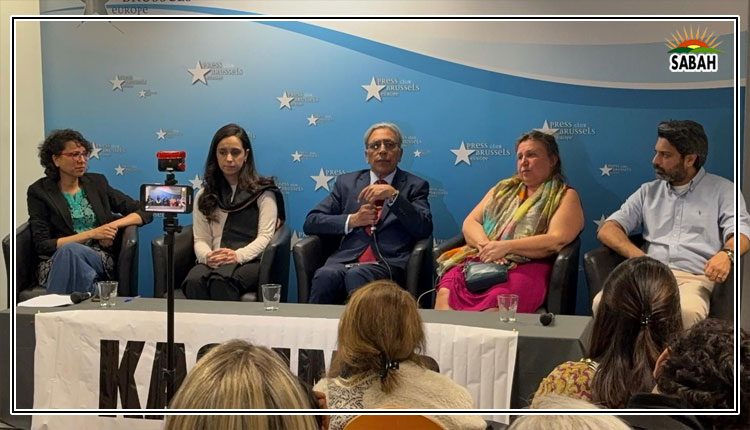Charting the threat of nuclear escalation in South Asia …. Tanzeela Khalil
The US in the early stages of Cold War adopted a doctrine of Limited Nuclear War (LNW) where tactical nuclear weapons along with conventional weapons were to be used in pursuing limited military victories on the battlefield vis-à-vis Soviet Union. LNW was initially pursued as a cost-effective way to counter the numerically superior conventional forces of the Soviet Union. However, concerns were raised that escalation of LNW to an all-out strategic exchange could not be reliably contained. The futility of LNW led towards its ultimate abandonment in 1974. The US realised that limited wars involving nuclear weapons would not remain limited.
The realisation appears to be missing in South Asia where India, despite close proximity, is adopting dangerous war doctrines. The frequent occurrence of conflict between the two nuclear adversaries has raised concerns regarding the possibility of a limited conventional war escalating to nuclear level. The onset of a limited conventional war between India and Pakistan in 1999, soon after overt nuclearisation, led to the belief that even the presence of nuclear weapons could not prevent both sides from initiating a war. Risks associated with such an approach are best described in words of Sir Michael Quinlan that conventional is the likeliest route to nuclear.
Indian PM Narendra Modi’s aggressive posturing, adoption of aggressive doctrines through development of counter-force and counter-value capabilities backed by signaling through official platforms, is giving more credence to the possibility of a limited (nuclear) war in South Asia. This is evident from the recent narrative building ahead of Indian elections that projects PM Modi’s aggressive posturing as a key factor behind de-escalation of 2019 crisis — for political point scoring — which was otherwise evidently an outcome of Pakistan’s good-will gesture of releasing the downed Indian pilot and exercising restraint.
There are indications that India will opt for a ‘comprehensive first strike’ to neutralise the nuclear capable missiles deployed on the Pakistani side. India’s huge stocks of unsafeguarded fissile materials can support expansive nuclear forces to pursue means for a successful first strike.
Pakistan is compelled to take requisite corrective measures for maintenance of strategic stability in the region as it has continued to do in the past. In 1998, Pakistan was expected to exercise restraint and not respond to Indian nuclear tests. However, Pakistan restored the balance by demonstrating its own nuclear capability. Similarly, after India started toying with the idea of limited conventional war through operationalising its offensive Cold Start Doctrine, Pakistan introduced Nasr, a short range ballistic missile, to maintain strategic stability and steer the region away from (nuclear) warfighting tendencies.
Given Indian aggressive designs, any future conflict between India and Pakistan could lead towards an all-out conventional war, which can potentially escalate to a nuclear level. There have been studies suggesting that a nuclear war between India and Pakistan might cause unprecedented global food shortages and starvation lasting more than a decade. Despite these concerns, the biasness of international community, particularly the US, towards India restricts it from influencing India to mend its ways and prevent it from acknowledging the potential cost of escalation. Furthermore, the ‘Indian Exceptionalism’ meant to compliment other US priorities has led to an intensification of the nuclear and conventional arms race in South Asia.
Limits of a limited conventional or nuclear war cannot be established by negotiations unless the outcomes are legally binding and verifiable arms control arrangements. The unacceptable risk of strategic escalation lies at the heart of nuclear deterrence. It is difficult to credibly signal limited objectives which will inevitably be interpreted by the adversary according to its own threat perception and security situation. Accepting mutual vulnerabilities and working to reduce the associated risks of unwanted escalation require each side to shun limited military objectives in favour of strategic objective of maintaining deterrence that paves way for durable peace.
Courtesy The Express Tribune, January 13th, 2024.












